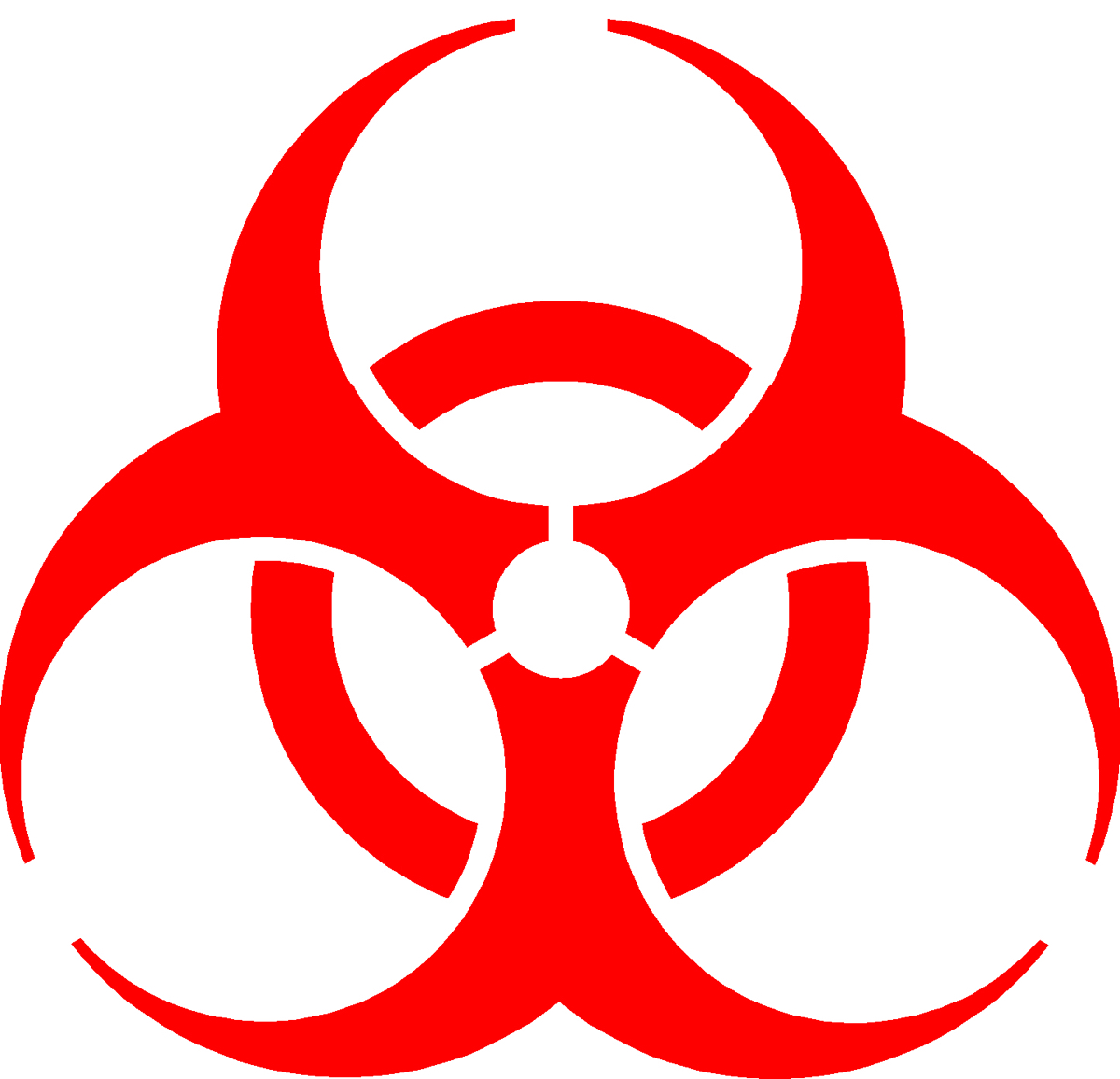Information
-
Audit Title
-
Conducted on
-
Prepared by
-
Personnel
-
Eating, drinking, smoking, handling contact lenses, applying cosmetics, and storing food for human consumption are not allowed in laboratory areas.<br>
-
Personnel wash hands after working with potentially hazardous materials and before leaving the laboratory.
-
Mouth pipetting is prohibited; mechanical pipetting devices are used.
-
Sharps such as needles, scalpels, pipettes, and broken glassware are handled safely. Precautions taken include:<br>needles are never bent, sheared, broken, recapped, removed from disposable syringes, or otherwise manipulated by<br>hand before disposal, puncture-resistant containers are accessible for sharps disposal, broken glassware is not handled directly, and plastic-ware is substituted for glassware whenever possible.<br>
-
Work surfaces are decontaminated after completion of work and after any spill or splash of potentially hazardous<br>material<br>
-
Potentially infectious materials are decontaminated before disposal.
-
Biohazard symbol at entrance to laboratory with the laboratory’s BSL, supervisor’s name (or other responsible<br>personnel), telephone numbers (office, cell, and home) and required procedures for entering/ exiting lab.<br>
-
All people who enter the laboratory are advised of potential hazards.
-
A laboratory-specific biosafety manual is available and accessible.
-
Potentially infectious materials are placed in a durable, leak proof container during collection, handling, processing, storage, or transport within a facility.
-
Laboratory equipment is routinely decontaminated, as well as, after spills, splashes, or other potential contamination and before repair, maintenance or removal from the laboratory. Animals and plants not associated with the work being performed are not permitted in the laboratory.
-
Any procedure involving the manipulation of infectious materials that may generate an aerosol should be<br>conducted within a BSC or other physical containment device<br>
-
PPE worn when working with hazardous materials. PPE is removed before leaving for nonlaboratory areas
-
Eye, face and respiratory protection used in rooms containing infected animals if required by risk assessment
-
Laboratory doors should be self-closing and have locks in accordance with institutional policies.
-
Laboratories have a sink for hand washing. It should be located near the exit door.
-
The laboratory is designed so that it can be easily cleaned and decontaminated. There are no carpets and rugs.
-
Laboratory furniture is capable of supporting anticipated loads and uses. Spaces between benches, cabinets, and<br>equipment should be accessible for cleaning.<br>
-
Bench tops are impervious to water and resistant to heat, solvents, acids, and other chemicals.
-
Chairs used in laboratory work are covered with a nonporous material that can be easily decontaminated.
-
Laboratory windows that open to the exterior are fitted with screens.
-
BSCs should be located away from doors, windows that can be opened, heavily traveled laboratory areas, and other possible airflow disruptions.
-
Vacuum lines should be protected with HEPA filters, or their equivalent. Filters must be replaced as needed.<br>Liquid disinfectant traps may be required.<br>
-
An eyewash station is readily available.
-
BSCs are certified annually.
-
There is a way to decontaminate all laboratory wastes (should be in the facility). For example, autoclave,<br>chemical disinfection, incineration, or other validated decontamination method<br>
-
Laboratory supervisor enforces institutional policies that control access to the laboratory and personnel with access have been screened for or enrolled in appropriate medical surveillance program.














